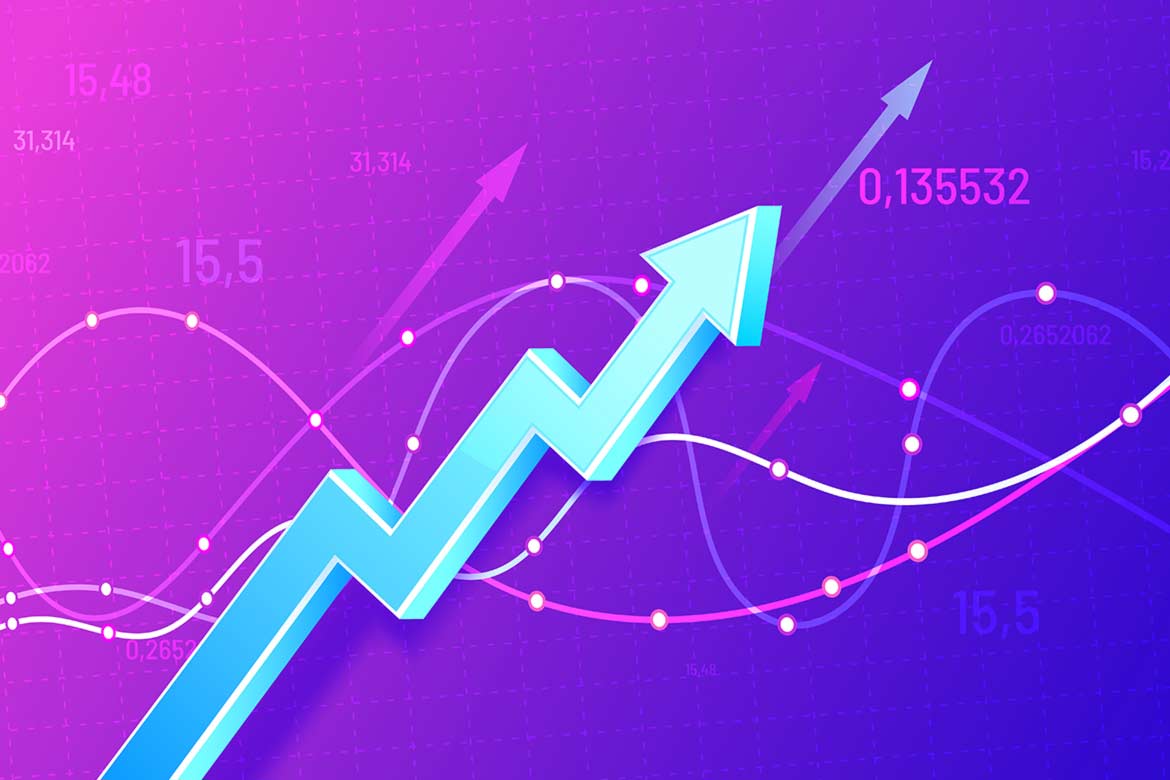For the past few months, inflation in India is rising, especially food and fuel inflation. The trend is dangerous as this inflation can mainly be attributed to supply-side bottlenecks, which is a factor for increasing cost-push inflation. In this context let’s understand about inflation and why it is rose so much in the past months.
When there is an imbalance in demand and supply, the prices of goods and services rise. Inflation is a macroeconomic trend of a general rise in the price of goods and services within a specified time. The rise in the price of any individual commodity can not be termed as inflation.
Types of Inflation:
Inflation can be categorised into two types based on demand-supply.
Demand-pull inflation: If the increase in demand leads to an increase in the prices of goods, it is called demand-pull inflation. This inflation is an indicator of the increasing purchasing power of people. This type of inflation is considered good for economic growth.
Cost-push inflation: On the contrary, if the increase in the cost of the factors of production eg. land, capital, labour, raw material etc. leads to an increase in the prices of goods, then it is called cost-push inflation. This type of inflation is considered bad for the growth of an economy.

Read more: Where Should You Put Your Money When Inflation Is High?
Effect of inflation on the economy:
- Inflation reduces the purchasing power of any currency.
- It is known that there are mainly two types of investors. The first type of investors are those who invest in government securities and the second type of investors are those who buy shares of joint capital companies. Inflation will hurt the first class of investors and benefit the second class.
- The rise in inflation also has a significant impact on the fixed income group. The fixed income group includes those people whose income is fixed such as workers, teachers, bank employees etc. Due to inflation, the prices of goods and services increase, which has an adverse effect on the fixed income group.
- When the lender lends money to someone, the value of his rupee will decrease due to inflation. Thus the lender suffers from inflation and the borrower gains.
How disruption in supply led us here?
- The closure of production industries during the pandemic has created the paucity of raw materials which ultimately increased the cost of final product.
- The pandemic led closure of borders of various countries had impacted the global trade. The import of alternatives from somewhere proved costly to us.
- Uncertainties attributed to pandemic caused a large hoarding by many. Such an hoarding of essential raw materials also contributed in inflation.
- The price rise in fuel increases the transportation cost, which increases the overall cost of the goods.
Read more: What Is Currency Exchange Rate And How Does It Work?
